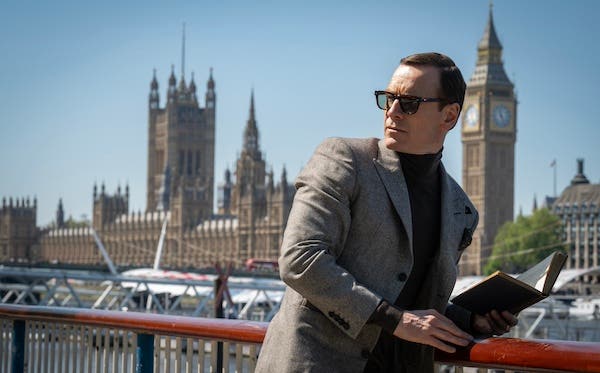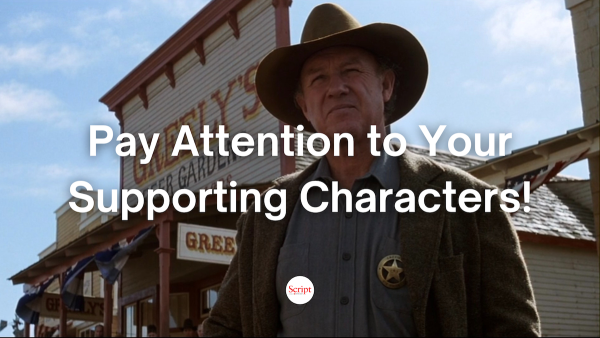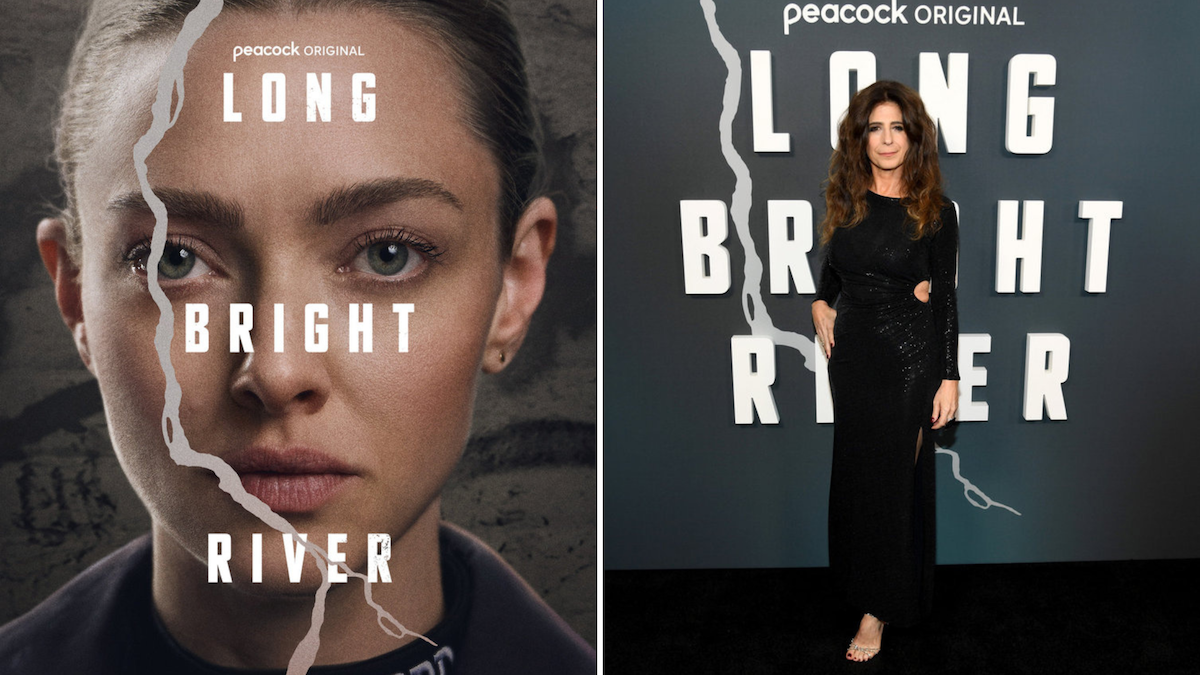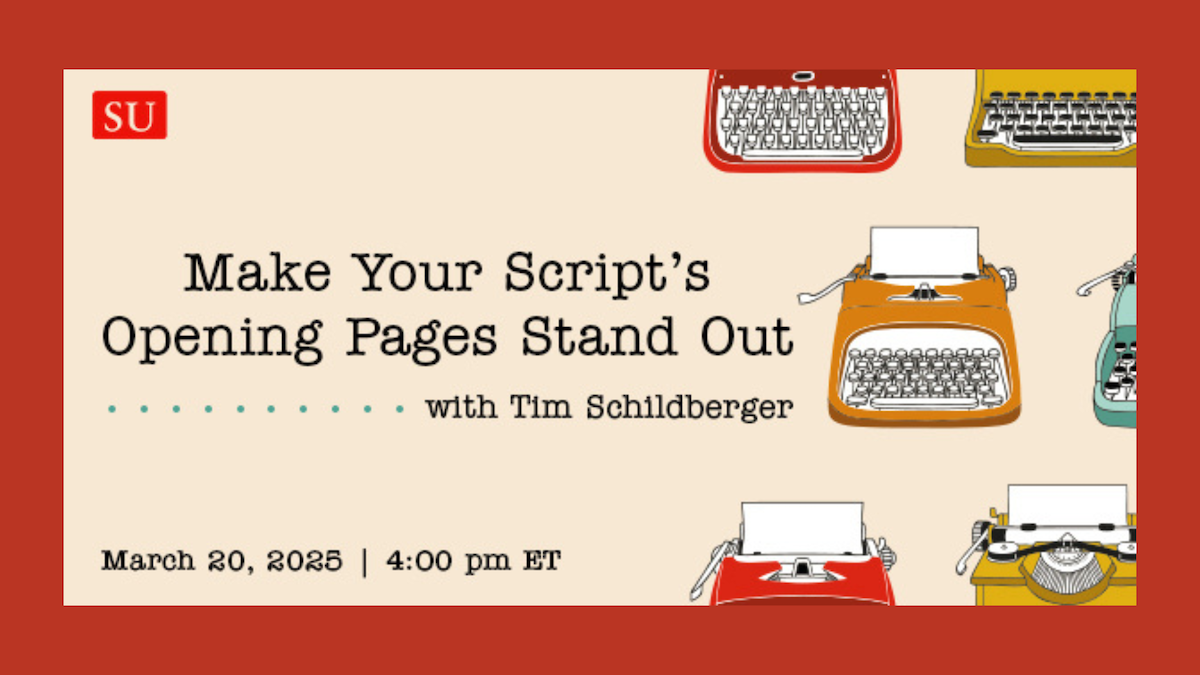Dances with Costner: Scene Writing from A to Z to A-List Actor
When scene writing, you need to see story through the eyes of all of the artisans involved in the filmmaking process. Learn tips of show, don’t tell.
Check out the webinars and DVDs by Jim Mercurio at The Writers Store.
My education and self-schooling as a filmmaker has been in service of discovering how story at its essence is relevant to film artisans like actors, production designers, directors of photography, editors, etc. What do editors need to know about dialogue and subtext? What will a DP or composer do differently if they can identify the climax of a scene? Will it help an actor if I explain the theme of the story to him?
When I teach screenwriting, this diverse perspective goes the other way, too. I incorporate all of my understanding of the craft of all these film artisans to help screenwriters understand story at a deeper level.
Students sometimes ask me, “Where do we draw the line? Aren’t props, lighting and setting the responsibility of the filmmakers? “Won’t the director and actor figure out the blocking without me including it?” Sometimes, the answer is yes, but too often writers miss opportunities to take control of all elements and tell their best story. If you don’t believe me, maybe you will believe an Oscar-winning actor and director.
A few years ago, a daunting challenge turned into a surprising opportunity. The South Dakota Film Festival invited me to Aberdeen, S.D. as a judge and to give a screenwriting talk. The good news was that I was going to share the stage with Kevin Costner. The bad news was that I was to follow him.
From a storytelling perspective, it’s a nightmare to follow an “act” like Costner. It’s not self-deprecating to acknowledge that Mr. Costner would be the climax of the show. As you know – or will soon find out – after a story’s climax you gotta “get the hell out of Dodge” pretty damn fast or run the risk of things becoming, well, anti-climactic.
The gods of storytelling prevailed, and I was able to speak first. However, having watched Costner give an interview the previous night, I had an epiphany and completely changed my topic to “All I ever needed to know about scene writing I learned from A-List Actors.”
To a packed auditorium of over a thousand people, Costner walked out on an empty stage furnished with nothing but two chairs, one for him and one for the interviewer. I thought the setup was a dead end. Two talking heads in a static environment. Really?
What happened next was a fundamental and unexpected validation of my own storytelling credo and one of the biggest inspirations for my upcoming book that focuses on scene writing as well as my recent focus on it. It was as if Costner was illustrating one-by-one the tenets of my yet unwritten, at-the-time-hypothetical manifesto (which became my 6- DVD set) on screenwriting – an exhaustive tome of the principles of my teaching. It was as if he was going down an explicit checklist of craft elements and systematically using them to overcome the storytelling dead end.
That night, Costner proved that he is a storyteller to the core. In his hour-long interview, he displayed powerful working knowledge of all aspects of successful scene creation. He unfolded them in a spectacle that could literally double as a table of contents to my upcoming book.
Costner was at the festival in part to celebrate the 20th anniversary of Dances with Wolves. Upon intimating his sincere reverence and appreciation for the experience and his time spent in South Dakota, where the film had been shot, he then confessed with blunt candor something that made the audience roar with laughter. It was the last thing you would expect Costner to say about his co-stars, the wolves: He hated them.
Surprise. Opposite. Reversal
The event didn’t turn into an anti-PETA rally, and Costner carried on, telling us about how frustrated he was because the wolves weren't behaving as the trainer had promised. In fact, the trainer himself had to jump in as a stunt double in the long shot where Dunbar "dances" with the wolf.
Conflict.
Costner pops out of his chair and acts out the scene, running back and forth, back and forth along the stage.
Blocking. Movement.
And then suddenly, he runs backstage.
Setting/Location/Space.
What the hell is he doing?
Suspense.
Thirty seconds later, Costner walks back on stage as himself.
Pacing. Role-playing.
Costner then plays out the conversation between himself and the trainer: " ‘What happened?’ The trainer replies: ‘He bit me.’ "
Reversal.
Costner then described the closer shot where he had to dance with the wolf himself.
Raising stakes.
In order to get the wolf to follow him, he had to fill his pockets with meat. He has already done the "running back-and-forth" here, so now he adds a twist.
Variety. Avoiding Repetition.
He acts out his important discovery of how to get the wolf to go the other way: he now tosses an imaginary piece of meat over his head to keep the imaginary beast at bay.
Props.
As a storyteller he knows how effective a prop is – even an imaginary one – not only to the scene, but to the audience as well.
He wants the audience to know how he feels about being duped by the trainer. If this were a screenplay, he would reject a lazy cheat, such as “Kevin’s stern expression showed that he felt let down and fooled.” Instead of telling us that the wolf trainer was like a door-to-door salesman overhyping his product (the wolves), he shows us.
Show, don’t tell.
Suddenly, Costner switches tacks, and in the middle of the stage, begins pushing and pulling an imaginary prop back and forth. It’s a vacuum, and he’s a vacuum salesman. He throws imaginary dirt, dust, jelly, and syrup on the floor and "shows" how the vacuum sucks it up.
Not too many more craft elements, okay? I don’t want Costner’s brilliance to make you feel like you don’t need to sign up for my webinar, Learn the Hidden Side of Screenwriting: How to Write Amazing Scenes.
Once the purchase of the imaginary vacuum from the imaginary salesman is accomplished, Costner steps out of character and sets the stage for the next scene: his friends are at his house watching a football game. And he calls them over to show off his new vacuum. He quickly throws the same imaginary stuff down.
Set up. Payoff.
He moves the vacuum back and forth, but this time to no imaginary avail. He looks perturbed as he speeds up the vacuuming motion. It’s clear that it's not working for him the way it did for the salesman.
And then he does something sublime that sets apart A-List actors from the ingénue-girlfriend your Uncle Charlie made you put in your student film in exchange for his $10K investment. He gets down on his hands and knees on the stage to investigate what the hell is going on with the imaginary goop. This is a perfect example of what the acting coach and author of Audition Michael Shurtleff calls
Importance.
The "Costner" is completely absorbed and truly invested in this moment.
He also embraces the fundamental tenet of eloquent screenwriting and visual storytelling: Show, don’t tell. I could tell you all about how great filmic storytelling must progress above and beyond talking heads (two people in opposite chairs gabbing away). Instead, Kevin Costner showed this. His instincts were right on. Staying in that chair would have been a dead end.
If you set out with two characters doing a bit too much “telling” in a visually stagnant setting, see if you can take a cue from Costner: get them out of the chair, move them around, utilize props and space, allow blocking to convey inner state or raise the stakes and don’t be afraid to surprise the audience. (Yeah, yeah, we can discuss My Dinner with Andre in the webinar Q&A.)
Going back to the “Where do I draw the line?” question, Costner demonstrated that the exact location of the “line” (separating storytelling skills into categories exclusive to any given artisan) is vastly debatable. It is not a coincidence that Costner is also an Academy-Award-winning director. The advanced storytelling skills of writer, director, actor and screenwriter blur and overlap. A screenplay can incorporate anything we see or hear. Lighting, props, locations, composition, setting and actor blocking – the entire mise-en-scene –are all part of the writer’s repertoire.
Costner’s vacuum salesman reminds me of the sales cliché where the pitchman exclaims “Learn everything you need to know about screenwriting…” And just like in screenwriting, the cliché isn’t good enough. You must go beyond what you are supposed to know. “More than you need to know” is exactly what you need to know.
One of my approaches to teaching is to show screenwriters how to see story through the eyes of all of the artisans involved in the filmmaking process. This is particularly effective in examining the nitty-gritty craft of scene writing. Seeing story in new ways gives screenwriters a new set of tools that improves their scripts and propels their growth as a writer.
~~~~~~~~~~~~~~~~~~~~~~~~~~~~~~~~~~~~~~~
Kevin Costner has acquired considerable fortune and fame by putting his storytelling instincts to work. But you don’t have to rely just on your instincts and intuition. Join Jim for his webinar, Learn the Hidden Side of Screenwriting: How to Write Amazing Scenes, where he will identify and explore rarely-discussed craft elements that you can immediately apply to your screenplay.
At a Glance
- Explore story at the molecular level: from scenes, down to a line of dialogue, down to a single word.
- See screenwriting from a new perspective and become the screenwriter you always wanted to be.
- Perfect the most lucrative skill in Hollywood! It’s not enough to merely come up with high concept ideas, you need know how to execute them, too!





